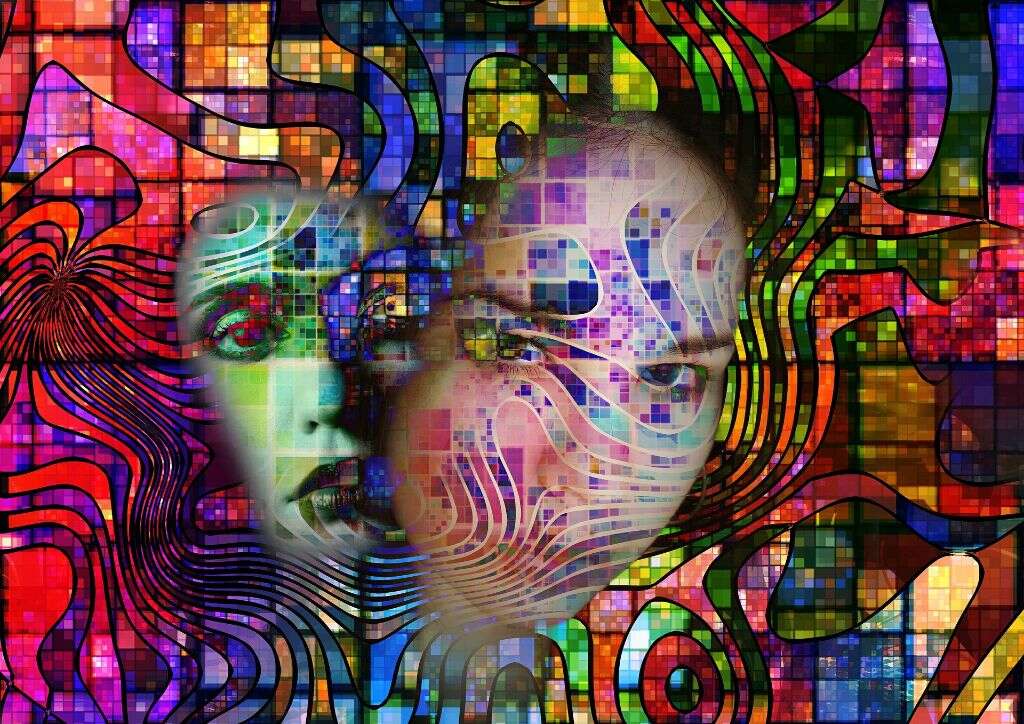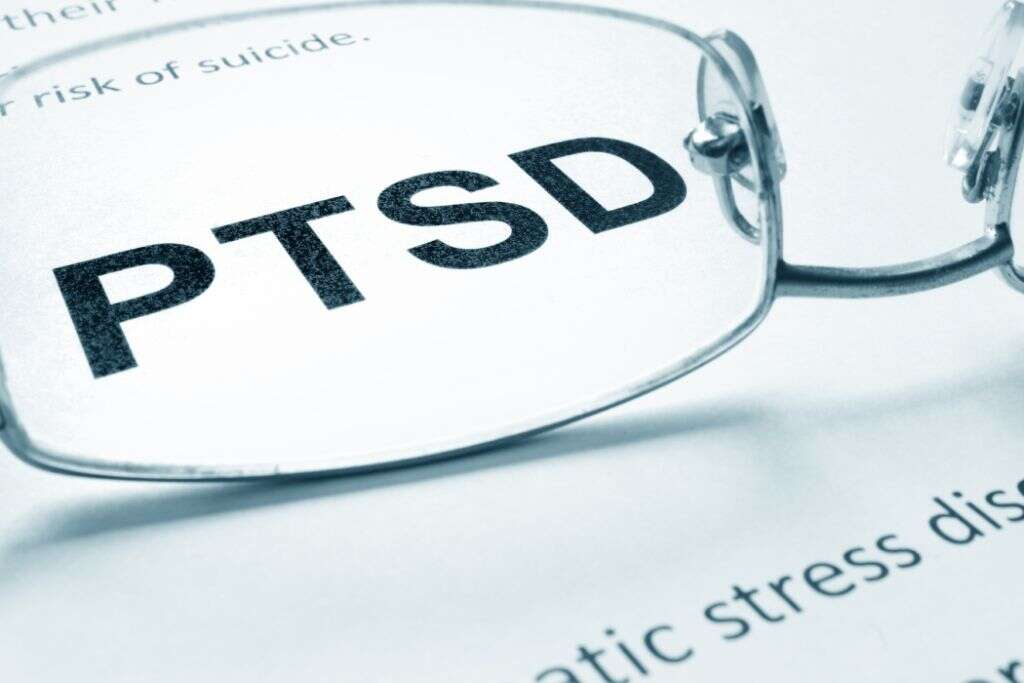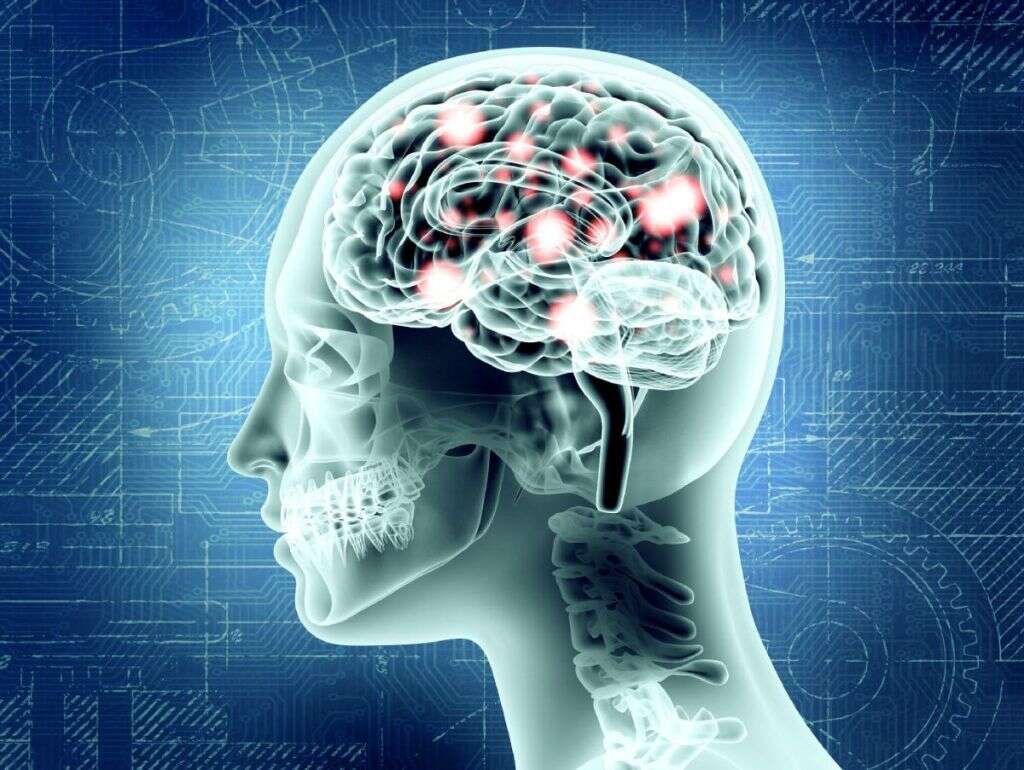What Is Dissociative Identity Disorder?
Dissociative identity disorder is a psychiatric condition in which a person exhibits two or more distinct identities. He or she may or may not be aware that more than one identity exists. Previous editions of the “Diagnostic and Statistical Manual of Mental Disorders” referred to the condition as multiple personality disorder, but the name was changed to dissociative identity disorder in 1994.
Symptoms usually begin in response to a severely traumatic experience that, for most patients occurred, during childhood. Examples include sexual abuse, violence, neglect, torture, or kidnapping. The 10 facts that follow will answer the question of “what is dissociative identity disorder?” as well discuss how it is diagnosed and treated.

1. Dissociative Disorders
The word dissociative refers to something that disconnects or separates. Thus, dissociative episodes are periods when a person feels separated from his or her own personality or sense of self. These occurrences are perfectly natural, and up to three-fourths of people mildly dissociate when doing things like reading, driving, or watching a performance. In times of severe stress, dissociation from reality serves the purpose of protecting the mind from otherwise unbearable pain or trauma.
When dissociative events interfere with a person’s daily life, they become disorders. There are three main types of these more serious conditions: dissociative amnesia, depersonalization disorder, and dissociative identity disorder. Dissociative amnesia causes a person to forget important aspects of his or her life. With depersonalization disorder, people feel detached from their lives, as if they are watching themselves on television. Dissociative identity disorder occurs when people become separated from their own identities and manifest different personalities.

2. Primary Symptoms
The classic symptom is the presence of two or more distinct identities. Oftentimes, family and friends suspect a problem long before the patient realizes what is wrong. They may notice abrupt changes in demeanor or personal preferences. When they confront the individual, he or she may react as though falsely accused. In some cases, however, the patient recognizes when an alternate identity is about to become dominant and may hear themselves speaking in another voice that they feel they cannot control. These so-called switches may occur in response to environmental triggers.
Some patients experience a more subtle splitting of the personality that is not obvious to onlookers. Their multiple identities do not switch on and off, but rather overlap and compete indirectly for influence. Some hear voices inside the head that make suggestions or commands. Other symptoms frequently reported are an overall sense of detachment from life. Other people may seem to have exaggerated appearances or personalities, and situations feel unreal.

3. Related Symptoms and Conditions
Other mental conditions are likely to occur simultaneously. These include depression, anxiety, self-harm, and suicidal thoughts, which are all common responses to living with a dissociative disorder. Some individuals become dependent on drugs or alcohol or develop eating disorders. Relationships at home and work usually suffer, and daily functioning in society can become difficult.
Those who are aware of switching between identities report feeling exhausted from trying to keep one or more of them from taking control of their consciousness. Some experience distortions in body image, feeling that different parts of their bodies are perhaps different sizes or ages. While some have no memory of the trauma, others have flashbacks that they experience as vividly as if they were occurring in the present moment. Nightmares and other sleep disturbances are common.

4. Causes
People who experienced long-term abuse, molestation, or neglect during childhood are at greatest risk of developing dissociative disorders. In fact, of all known mental disorders, dissociative personality disorder has the strongest link with childhood trauma, with sexual abuse implicated in 70 to 100 percent of cases. Especially susceptible are those whose trauma occurred between the ages of three and four or between eight and nine years old.
The condition begins as a coping mechanism the mind uses to escape from the initial trauma. Especially when children are not comforted after a bad experience, normal psychological development then becomes stunted, and they are not able to maintain a sense of self. After the experience, they often are unable to remember what occurred. The average age when symptoms begin is 16, with 80 percent manifesting multiple identities by age 20.

5. Relationship with Post-Traumatic Stress Syndrome
Posttraumatic stress disorder is usually associated with a specific traumatic event, as opposed to the long-term childhood abuse implicated in DID. Soldiers returning from war are especially vulnerable, but there are many other causes, including natural disasters, kidnapping, torture, imprisonment, or the death of a loved one. Those who have PTSD can have flashbacks of memory when exposed to triggering situations that bring them to mind.
Mental health professionals recognize a sub-type of PTSD that includes dissociative symptoms, including depersonalization, derealization, and rarely multiple identities. One criterion used to diagnose both this sub-type of PTSD and DID is the presence of dissociative amnesia. Thus, the two disorders are clearly related. Each intensifies the symptoms of the other, and PTSD triggers can hinder recovery.

6. Neurological Basis
One recent investigation identified brain abnormalities in those with dissociative identity disorder. The parts of the brain most affected were the limbic system, which processes motivation, emotion, learning, and memory; and the frontal lobe, which processes cognition, personality, and decision-making. Specifically, the limbic area was less active, the frontal lobe was more active, and the way these two areas interacted was altered.
MRIs showed that the hippocampus and amygdala of women with dissociative personality disorder were significantly smaller than normal. The hippocampus and amygdala are part of the limbic system. The hippocampus that controls memory, and the amygdala, fear. Other researchers have observed that the frontal lobe kept other parts of the brain associated with personal identity from functioning.

7. Professional Disagreements
Some mental health professionals have been outspokenly skeptical that childhood trauma causes DID. They instead believe it to be a by product of efforts to recover repressed memories that instead plant false ones. In some cases, they think the false memories were suggested by media dramatization of multiple personalities, a popular topic on American television in the 1980s. As evidence, they point to a declining rate of the disorder in the 1990s, and successful treatments that involved debunking false memories and reuniting with falsely accused family members.
Most psychiatrists do not doubt the veracity of dissociative identity disorder, and some cite historical records as evidence to support its legitimacy. For example, dissociative symptoms have historically been reported in survivors of every war beginning with World War I. Likewise, survivors of the Holocaust, torture survivors, and refugees have also exhibited symptoms of derealization and amnesia. Furthermore, a review of over 1,500 individual studies presented conclusive evidence that DID was brought on by actual childhood trauma.

8. Diagnosis
The diagnosis of DID is not a simple matter. A survey of patients found them to receive an average of three to four incorrect diagnoses who spend five to twelve years in a mental health system before being correctly diagnosed with dissociative identity disorder. Part of the difficulty lies in the rarity of the condition, with fewer than one percent of the general population being affected. Thus, most doctors have not experienced it in their practice
If DID is suspected, a mental health professional will evaluate the patient using the Dissociative Experiences Scale or Structured Clinical Interview for Dissociation. A definite diagnosis depends on two of the following symptoms being present: two or more distinct identities or personalities are present; the disruption in identity involves a change in the sense of self, behavior, and other characteristics; gaps in memory exist; and the symptoms cause distress or impairment.

9. Treatment
The main treatment is psychotherapy, which involves talking with a therapist who assists with remembering and coping with the past. Cognitive and dialectical behavioral therapies are also used, especially if the patient is suicidal. Sometimes hypnosis is integrated into the therapy sessions as a way to help control symptoms and create healthy habits.
Eye movement desensitization and reprocessing is a therapy to help reduce the incidence of nightmares and flashbacks. Other complementary treatments, such as art or music therapies, meditation, yoga, and relaxation, help the patient to deal with daily life in calm and creative ways. There is no specific medication for DID, but a treatment plan may include anti-anxiety or antidepressant medications.

10. Prevention
In the United States, more than 2.9 million children are abused each year, and many of these will suffer lifelong mental disorders as a result. To prevent this from occurring, organizations recommend increasing public awareness of the problem, addressing social concerns like poverty and teen pregnancy, providing assistance to families in need, and increasing access to mental health services for parents and children.
A vast majority of people will never develop dissociative identity disorder. It does not have a genetic basis, is not contagious, and is not something that just occurs randomly. However, it is possible to prevent the disorder from occurring by protecting children from abuse and seeking immediate help for them in the devastating instances when it has occurred.











